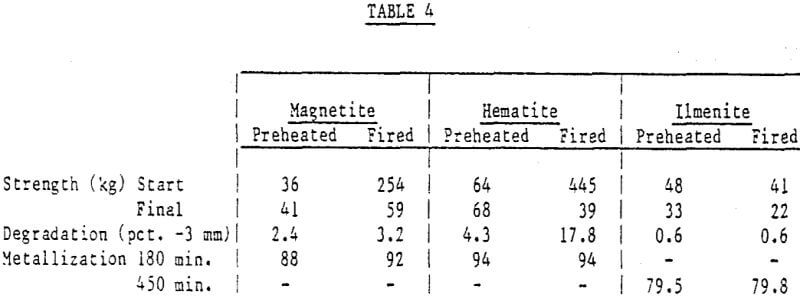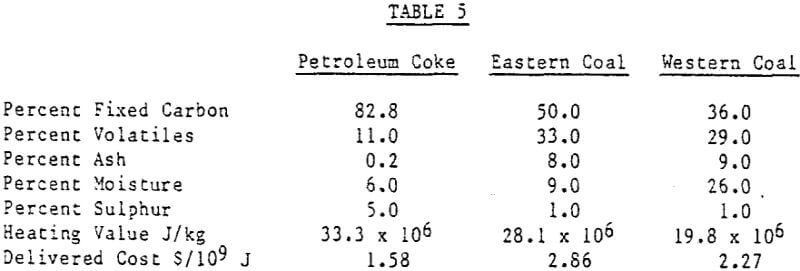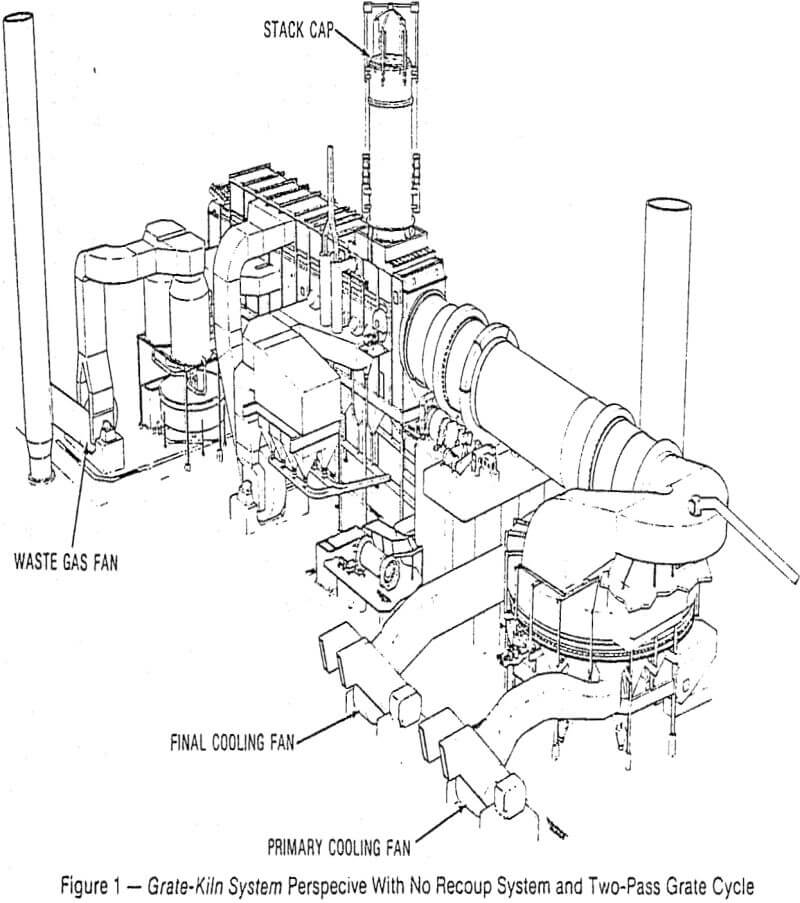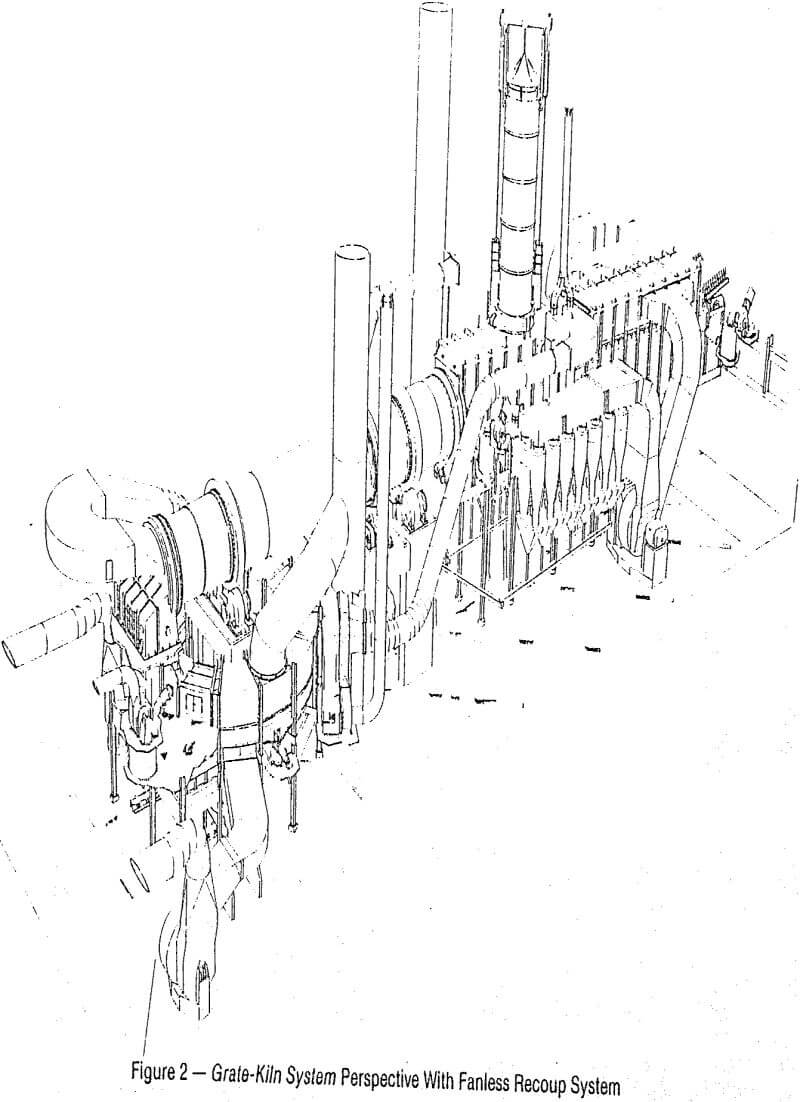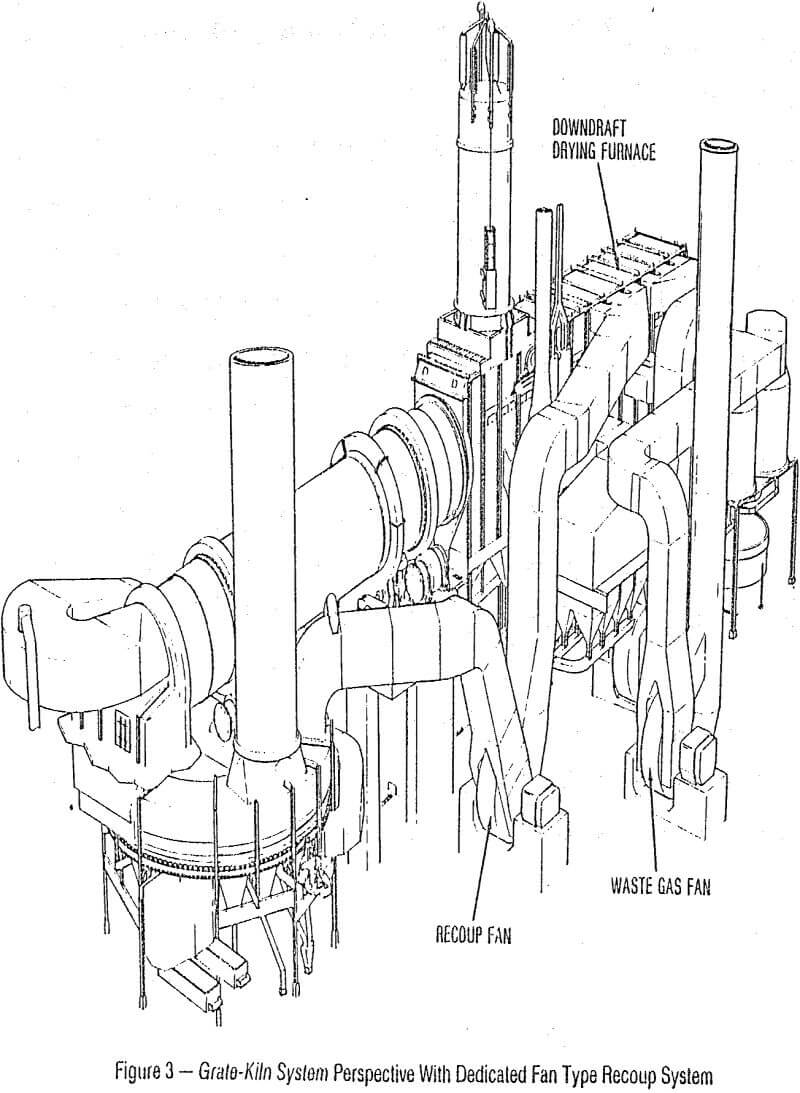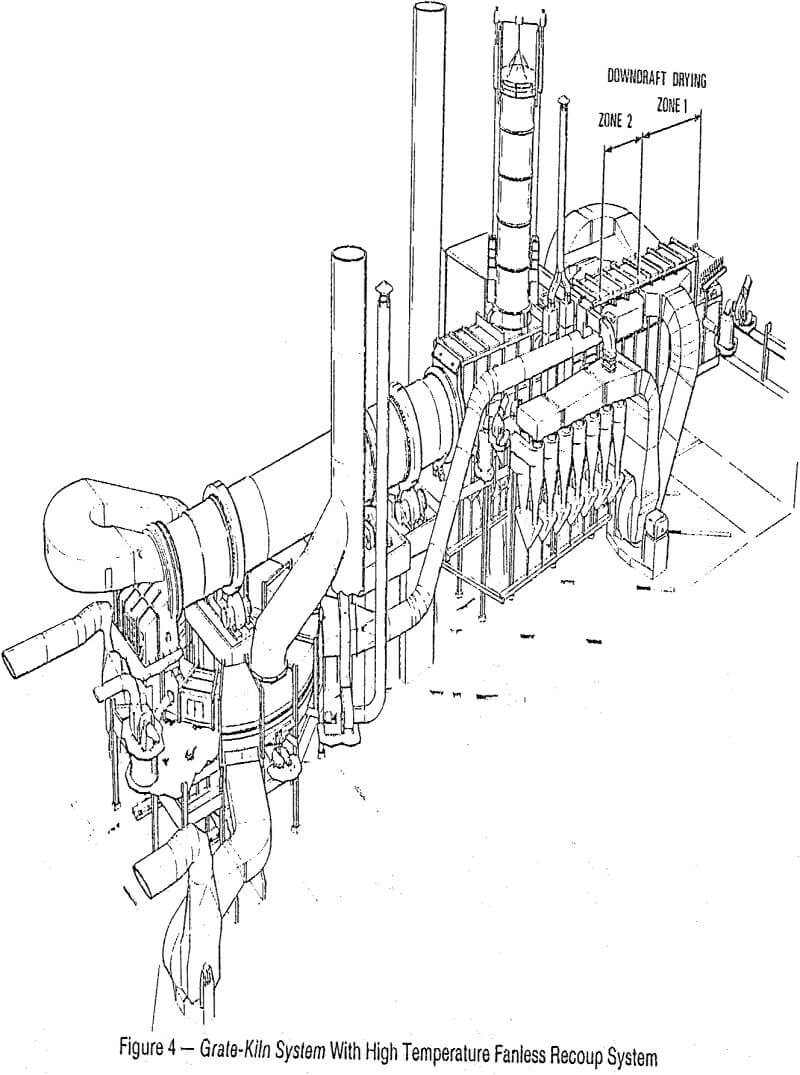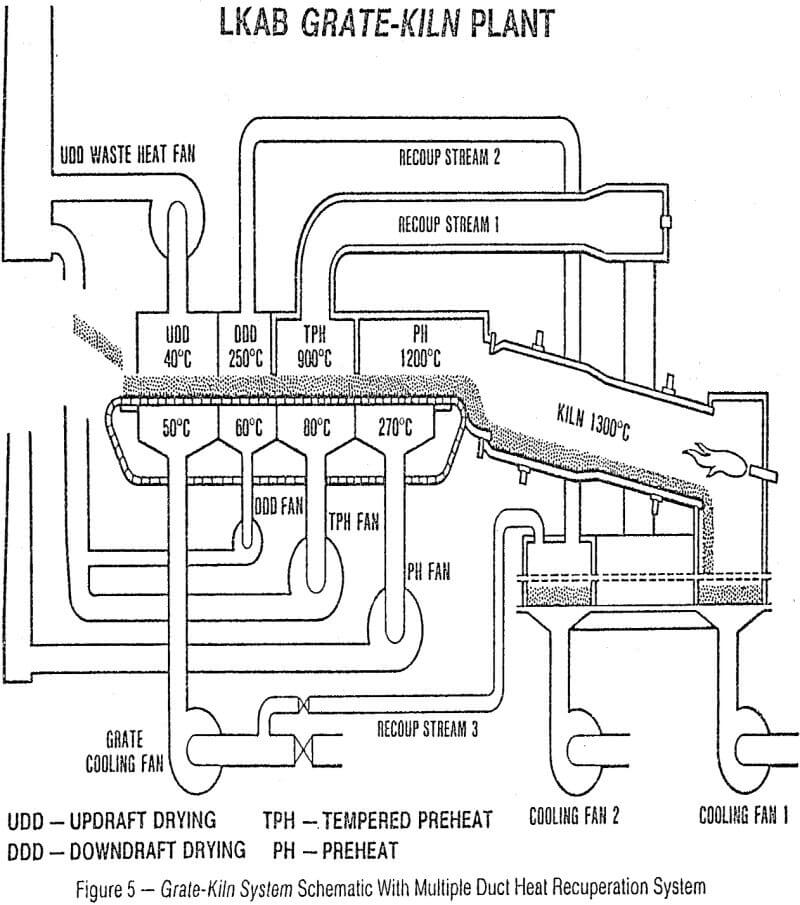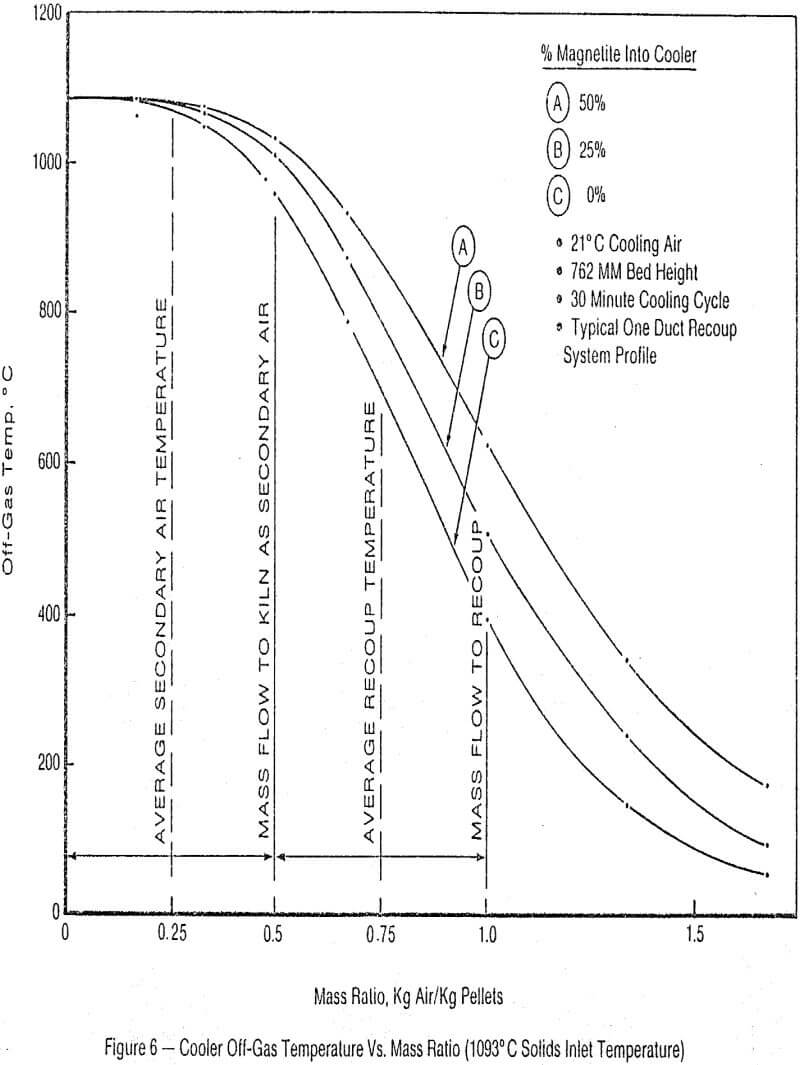Table of Contents
The economics of pellet plant operation, in terms of fuel and power consumption, flexibility in the selection of the cheapest fuel source, system availability, maintenance costs, and the simplicity of process design, contribute to the determination of building and profitably operating a pellet plant. Design innovations, supported by actual field data, have been initiated into the GRATE-KILN System design to positively address these factors.
Process Design Improvements
The GRATE-KILN System has changed significantly in design concept since the first systems were commissioned for Cleveland Cliffs Iron Company in the early 1960’s through the most recent startup of the LKAB KP-79 plant in Kiruna, Sweden in 1981.
Initial GRATE-KILN plants were designed with no heat recuperation systems and typically consisted of a two pass, downdraft drying and downdraft preheat grate cycle. A preheat bypass system was installed to complement the preheat off-gas supply so that these two streams delivered the required downdraft drying heat supply.
The first GRATE-KILN System with heat recuperation was supplied to Sydvaranger AB in Kirkenes, Norway. This facility was commissioned in 1972. The heat recuperation design consisted of a duct from the annular cooler which was introduced into each preheat fan via the outlet chamber of the preheat cyclone dust collectors. The intent of this design was to replace the process gas normally bypassed from the preheat furnace which, when combined with the preheat off-gas streams, comprised the drying requirement.
Analysis of both the induced and dedicated fan approaches to heat recuperation revealed deviations between design conditions and actual field data. Paramount among the deviations was the temperature of the heat recuperation gas. Calculation technique at the time of the aforementioned designs predicted a nominal 400°C recoup gas temperature.
Variations steaming from the basic high temperature heat recuperation system are contingent upon the temperature distribution of gases leaving the bed of pellets in the cooler.
One must bear in mind that a variety of factors can affect fuel consumption from plant to plant even though the ore type is similar. In addition to the intrinsic value of the heat recuperation system, such factors as:
- magnetite content of the ore,
- L.O.I, content of the ore,
- green ball moisture and temperature,
- green ball quality as it relates to recovery rate,
- green ball bed depth as it relates to retention time on the grate,
- plant production rate,
Mechanical Design Improvements
The main purposes of the design improvements on the traveling grate were:
a. to control the transverse movement and the gapping of the chain components,
b. to improve sealing to minimize ambient air in leakage, and
c. to improve machine availability and the ease of maintenance.
Control of the transverse and axial gapping was gained by close control of tolerances on the various grate plate and chain link castings which comprise a pitch assembly. Control of the gapping is important because minimum gapping minimizes material fall through between adjacent grate plates and between chain castings and grate plates. By eliminating significant fall through of material, weight recovery in the process is improved and less dust and chips are handled in the recycle system.
Another important advantage of minimizing material fall through on the grate is that minimum gaps promote uniform heating of the pellet bed and a more even temperature gradient through the conveyor chain. Any gaps which form on the chain allow channeling of nominal 1000°C process gases which can overheat specific areas and necessitate frequent parts replacement and reduce plant availability.
Ambient air in leakage into the process gas stream is undesirable because ambient air depresses the system temperatures. Lower process gas temperatures reduce heat transfer effectiveness which can promote higher fuel rates and higher process fan power due to the larger quantity of denser process gas to be handled.
The important features which contribute to transverse gapping control have been described above. As previously mentioned, the increase in the through rod diameter coupled with induction hardening of the through rod chain link interface will be the prime factors for a longer chain life. The life is now projected to be in the range of 44 to 52 months. This projection is based on data obtained from operating plants with similar design improvements.
Grate plates supplied on the traveling grate are one piece, cast, high grade stainless steel units. These units are extremely heat resistant and replacement is usually dictated only if one should break or become exposed to a direct flow of hot preheat zone on-gas.
The sand seal between the rotating and stationary wall has been replaced by a water seal. The water tank is attached to the rotating wall with the seal plate being part of the stationary assembly above the rotating structure. Designing a seal with minimum maintenance and operating longevity is imperative from the standpoint of process efficiency. The water seal allows the primary and final cooling fans to deliver the required gas flow to the process without any detrimental effects to the equipment. The nature of the cooling process imparts a slightly positive pressure slightly positive pressure above the pellet bed near the area of the seal. The seal design intent is to prevent the flow of ambient air into the process, which dilutes process gas temperatures and restricts the flow of cooling air through the pellet bed.
Coal Firing
The GRATE-KILN System significantly reduces pellet production costs by utilizing coal in place of more expensive liquid or gaseous fuels. Coal is directly fired in the GRATE-KILN System, eliminating need for external combustion chambers, slag tapholes, auxiliary burners or special high priced refractories.
The relationships are expressed in terms of correlation coefficients that describe the statistical significance of a given variable relative to the deposition rate obtained at a particular temperature. The closer the correlation coefficient is to one, the better the fit of data to a straight line plot.
The most significant variables are coal heating value, and fixed carbon and ash contents. It should be noted that each of these variables is interrelated to the other. Basically, as ash content rises the fixed carbon content and heating value decrease. Coal heating value increases directly with increase in fixed carbon content. Correlation coefficients for ash to heating value and fixed carbon to heating value were found to be in the 0.73 to 0.77 range. Basic ash deposition behavior, therefore, is dependent on these interrelated coal characteristics. The term Coal Characterization Value, or CCV, has, therefore, been developed to express this relationship relative to deposition rates. It is defined as;
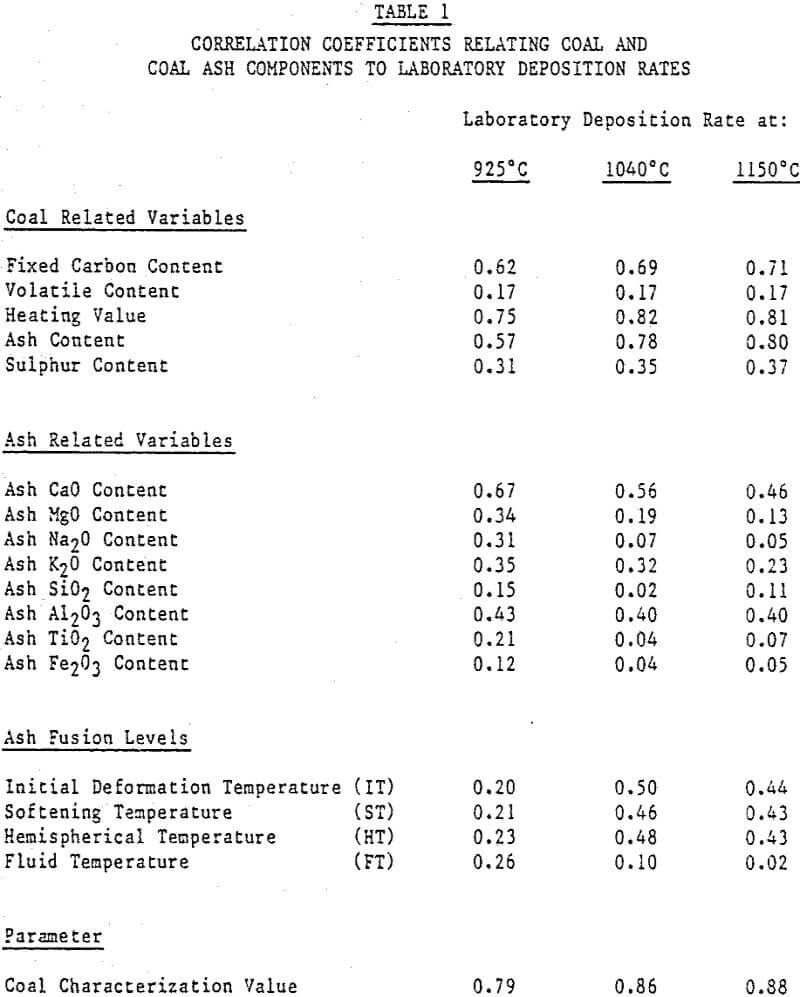

There have been cases where coals with ash initial deformation temperatures of 1150°C have lower deposition rates than coals with greater than 1480°C ash initial deformation temperatures. Coals with ash fluid temperatures in excess of 1480°C have had four times the deposition rates of coals with ash fluid temperatures less than 1370°C.
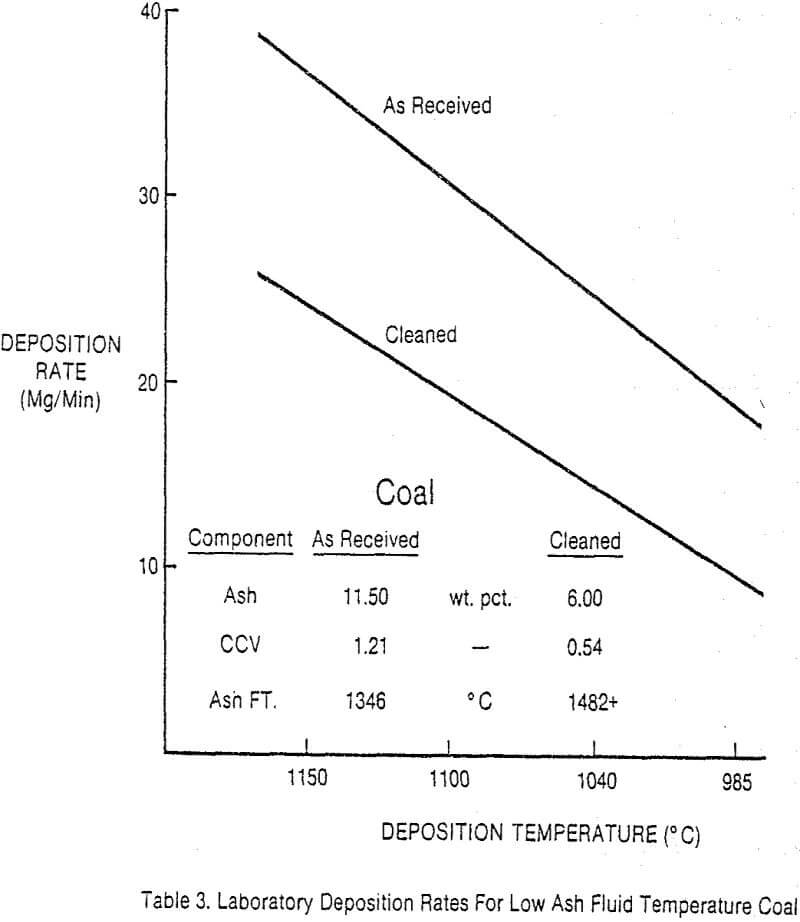
Rubber lined balling drums are being used in at least seven pellet plants with somewhat mixed results in terms of performance. These vessels operate without cutter bars.
The drum interior is lined with a series of parallel, longitudinal, rubber belts which are anchored to the shell along the belt edging with metal strips. Flexing or “droop” of the belt during drum rotation purges concentrate from accumulation on the lining.
